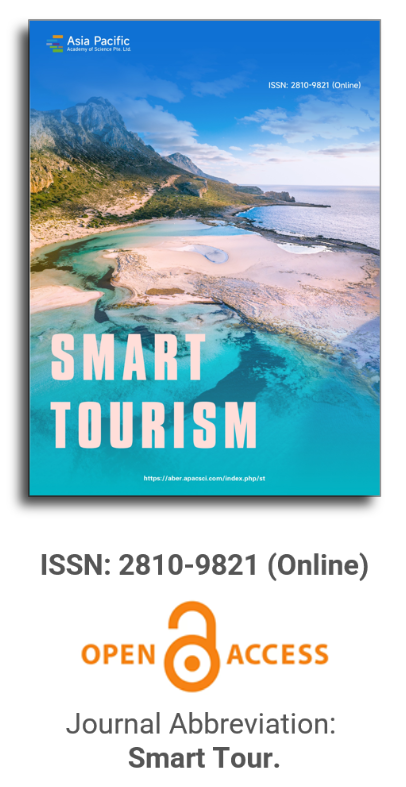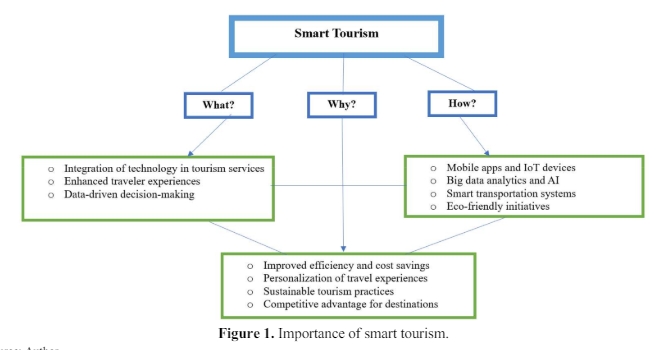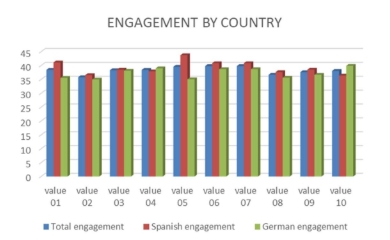


Spatial structure characteristics and effects of self-driving tourism flows before and after the new crown epidemic: Taking Yunnan Province as an example
Vol 3, Issue 2, 2022
Download PDF
Abstract
To obtain the impact of the new crown epidemic on the spatial structure of self-driving tourism flow during the Spring Festival Golden Week, social network and spatial statistical analysis methods are used to integrate road traffic flow big data and travelogue data to analyze the spatial structure characteristics of self-driving tourism flow in Yunnan Province during the Spring Festival Golden Week in 2018 and 2021. The results show that: 1) The self-driving tourism flow in Yunnan Province during the Spring Festival Golden Week in 2021 shows the “dragonfly” spatial clustering characteristics of “two centers, one axis and two wings”, and the new sub-core area of Qujing is added to the core area of Kunming in 2018, and the self-driving tourists are affected by the epidemic. 2) During the Spring Festival Golden Week in 2021, compared with 2018, there is no significant change in the spatial structure of tourism flow into Yunnan from outside the province, but the degree of intermediary centrality of provincial boundary nodes is significantly weakened, and the self-driving tourism flow at Wenshan junction and Lijiang junction decreased by 72.54% and 87.26%. The New Crown epidemic hindered the development of self-drive tours into Yunnan from Guangxi and Sichuan. 3) During the New Crown epidemic, tourists were less willing to visit hotspot cities, and showed overall behavioral preference characteristics of avoiding crowd gathering and focusing on health and safety. Under the New Crown epidemic, the tendency of long-distance self-driving shifts to close distance self-driving between neighboring cities centered on Kunming.
Keywords
References
- Cong L, Li S, Hong J, et al. The spatial network structure of tourist flows for national red tourism attractions. Journal of Arid Land Resources and Environment 2021; 35(12): 188–194.
- Ji X, Li K, Chen F. Study on spatial and temporal differentiation of holiday tourism flow and its formation mechanism: A case study of Yunnan Province. Economic Geography 2018; 28(3): 200– 207.
- Zhang Z, Bao J. Effects of multiple distances on inbound and outbound tourism flows in China: A configuration-based perspective. Scientia Geographica Sinica 2021; 41(1): 13–21.
- Hang D, Huang L. Study on the structure of tourism flow based on tourism digital footprints—A case Inner Mongolia autonomous region. Journal of Arid Land Resources and Environment 2018; 2(3): 192–197.
- He X, Bai X, Wei H, et al. Fractal structure characteristics of the tourist flow scale in special session of Xi’an: A case study of National Day. Arid Land Geography 2011; 34(5): 858–865.
- Zhu H, Guan H, Han Y, et al. Holiday tourists’ staggered shifts behavior considering affection of psychological factors. Journal of Transportation Systems Engineering and Information Technology 2019; 19(5): 225–230, 250.
- Chen R, Liang C, Hong W, et al. Forecasting holiday daily tourist flow based on seasonal support vector regression with adaptive genetic algorithm. Applied Soft Computing Journal 2015; 26: 435–443.
- Ji X, Ge Y, Chen F. Spatial and temporal differentiation characteristics of holiday tourism flow based on highway traffic flow big data: A case study of 7 holidays in 2017 in Yunnan Province. Tourism Tribune 2019; 34(6): 37–47.
- Li W, Hu J, Lu R, et al. The temporal and spatial distribution characteristics of tourist flows in special-term based on different tourism purposes — —A case study of Wuhan city. Economic Geography 2013; 33(1): 180–186.
- Li Z, Xia L. Spatial and temporal characteristics of the tourist flow in special time period: A case study of golden week around National Day. Tourism Tribune 2013; 28(10): 37–46.
- Lu S, Lu L, Wang L, et al. Temporal characteristics of tourist flows to ancient villages—A case study of two world cultural heritages, Xidi Village and Hongcun Village. Geosciences 2004; 24(2): 123–129.
- Zhang Z, Ma Y, Bai K. Temporal-spatial evolution of “blowout effect” of tourist flow in Shanxi Guanzhong Area. Resource Development & Market 2011, 27(4): 363–365, 377.
- Yao Y. Shijie yichandi Wulingyuan huangjinzhou lvyou keliu fazhan qushi yu duice yanjiu (Chinese) [Research on the development trend and countermeasures of tourism flow during Golden Week in Wulingyuan, a world heritage site]. Journal of Leshan Teachers College 2008; 23(5): 56–58.
- Wang X, Cao C. Domestic tourist market structure and spatial-temporal characteristics of tourism flow in Qingdao city based on online travel notes. Scientia Geographica Sinica 2019; 39(12): 1919–1928.
- Zhou L, Wu T, Yu H, et al. Domestic evolution of urban tourism flow network structure based on network travel notes: A case study of Beijing City. Scientia Geographica Sinica 2020; 40(2): 298–307.
- Luo Q, Liang S. Temporal and spatial characteristics of self-driving tourist flows based on tourism digital footprints: A case study in Yunnan Province. Tourism Tribune 2016; 31(12): 41–50.
- Yan S, Jin C. Research progress and enlightenment of tourist flow. Resource Development & Market 2019; 35(10): 1–12.
- Yan S, Jin C. Characteristics of spatial network structure of tourist flow in urban area of Luoyang. Scientia Geographica Sinica 2019; 39(10): 1602–1611.
- Xu M, Huang Z. The network structure features and influence factors of tourism flows based on online data analysis—Taking the Yangtze River Delta region as an example. Economic Geography 2018; 38(6): 193–202.
- Li L, Tao Z, Lu Lin, et al. Structural characteristics and influencing factors of summer tourism flow network in Guizhou Province. Geographical Research 2021; 40(11): 3208–3224.
- Liu P, Zhang J, Zhang J, et al. The rank-size distribution and influencing factors of tourist flow: A case study of 204 scenic spots in Jiangsu Province. Scientia Geographica Sinica 2021; 41(11): 1992–2001.
- Zhu D, Yu H, Liu Q, et al. Network structure characteristics and organizational models of tourist flow to Tibet: Comparative analysis based on group and self-guided tours. Progress in Geography 2021; 40(5): 812–824.
- Pan J, Lai J. Research on spatial pattern of population mobility among cities: A case study of “Tencent Migration” big data in “National Day-MidAutumn Festival” vacation. Geographical Research 2019; 38(7):1678–1693.
- Du J, Xu J, Jin C. Regional virtual tourism flow and its influencing factors based on Baidu index: A case study in Yangtze River Delta. Resources and Environment in the Yangtze Basin 2021; 30(2): 290–301.
Supporting Agencies
Copyright (c) 2022 Xiaofeng Ji, Miao Yu, Fang Chen, Jing Li, Yicheng Ge
License URL: https://creativecommons.org/licenses/by/4.0

This site is licensed under a Creative Commons Attribution 4.0 International License (CC BY 4.0).

Prof. Hung-Che Wu
Nanfang College, Guangzhou
China
Indexing & Archiving
Asia Pacific Academy of Science Pte. Ltd. (APACSCI) specializes in international journal publishing. APACSCI adopts the open access publishing model and provides an important communication bridge for academic groups whose interest fields include engineering, technology, medicine, computer, mathematics, agriculture and forestry, and environment.



.jpg)
.jpg)

.jpg)

